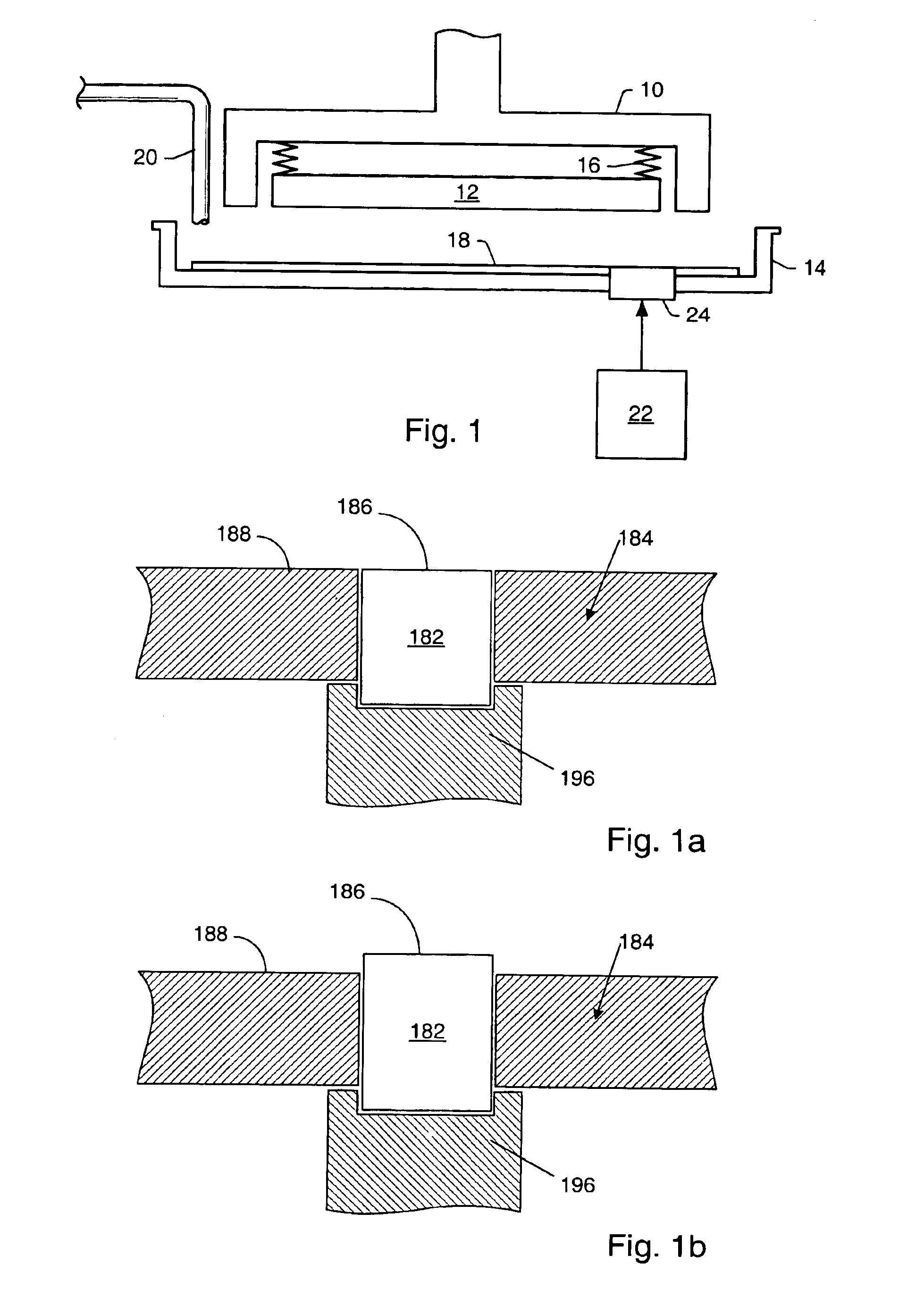Systems and methods for characterizing a polishing process
a polishing process and characterization technology, applied in the field of systems and methods for characterizing a polishing process, can solve the problems of over-polishing or under-polishing, current available methods for characterizing, monitoring and/or controlling a cmp process,
- Summary
- Abstract
- Description
- Claims
- Application Information
AI Technical Summary
Benefits of technology
Problems solved by technology
Method used
Image
Examples
Embodiment Construction
[0079]The following description generally relates to systems and methods for characterizing, monitoring, and / or controlling a polishing process. As used herein, a “specimen” is generally defined to include a wafer or a reticle. The term “wafer” generally refers to substrates formed of a semiconductor or a non-semiconductor material. Examples of such a semiconductor or a non-semiconductor material include, but are not limited to, monocrystalline silicon, gallium arsenide, and indium phosphide. Such substrates may be commonly found and / or processed in semiconductor fabrication facilities.
[0080]A wafer may include one or more layers that may be formed upon a semiconductor substrate. For example, such layers may include, but are not limited to, a resist, a dielectric material, and a conductive material. A resist may include a material that may be patterned by an optical lithography technique, an e-beam lithography technique, or an X-ray lithography technique. Examples of a dielectric ma...
PUM
| Property | Measurement | Unit |
|---|---|---|
| thickness | aaaaa | aaaaa |
| thickness | aaaaa | aaaaa |
| thickness | aaaaa | aaaaa |
Abstract
Description
Claims
Application Information
 Login to View More
Login to View More - R&D
- Intellectual Property
- Life Sciences
- Materials
- Tech Scout
- Unparalleled Data Quality
- Higher Quality Content
- 60% Fewer Hallucinations
Browse by: Latest US Patents, China's latest patents, Technical Efficacy Thesaurus, Application Domain, Technology Topic, Popular Technical Reports.
© 2025 PatSnap. All rights reserved.Legal|Privacy policy|Modern Slavery Act Transparency Statement|Sitemap|About US| Contact US: help@patsnap.com



